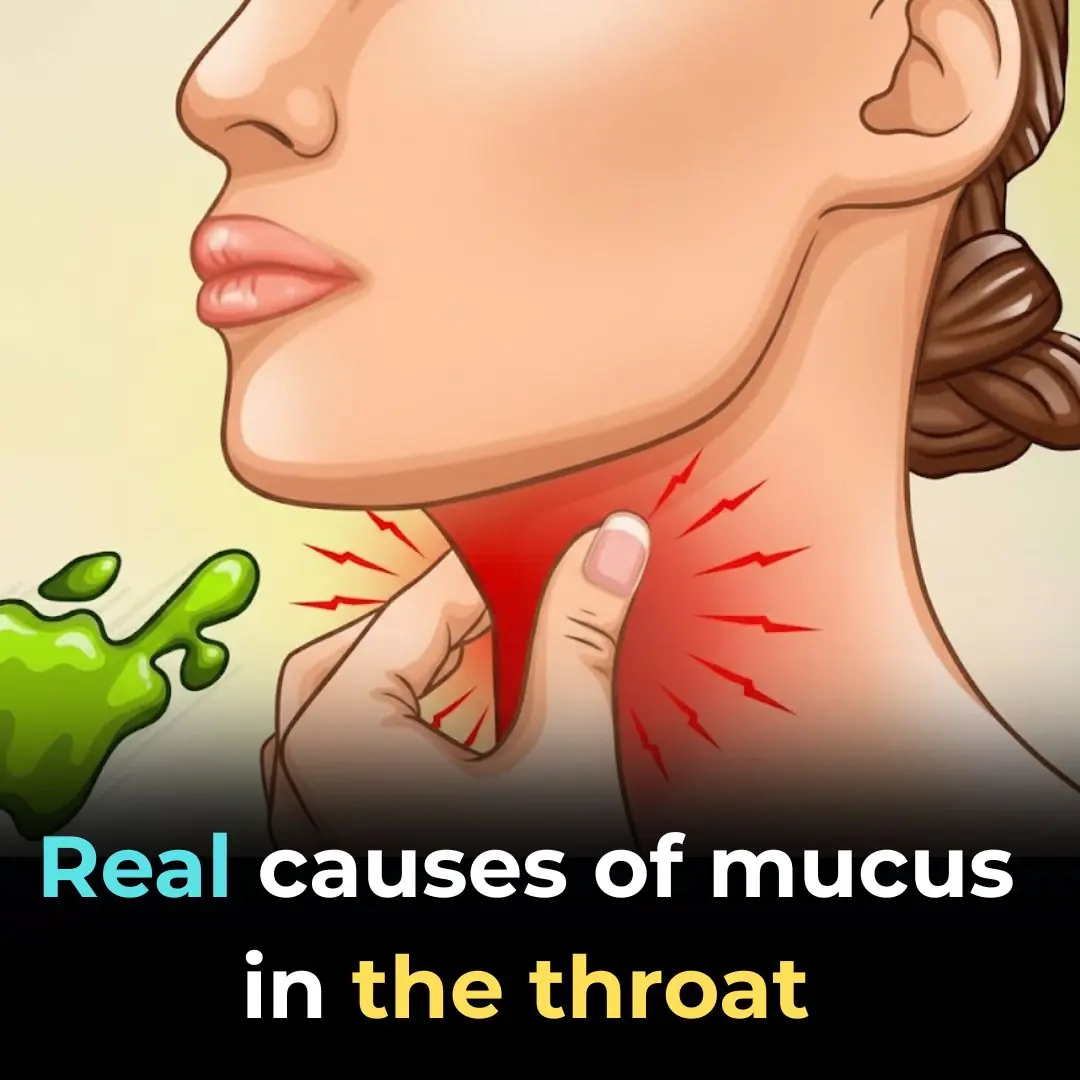
Kissing Bugs and Chagas Disease: A Hidden Danger at Home
Summer is synonymous with sunshine, long days, and time spent outdoors — from backyard barbecues to camping under the stars. However, warmer weather also invites a host of unwelcome guests: pests. While most people are familiar with the dangers of ticks and mosquitoes, another insect is gaining attention — and concern — across the Americas: the kissing bug.
Often overlooked due to its stealthy nature, the kissing bug is more than just a nuisance. This insect carries real health risks, particularly because of its potential to spread Chagas disease, a serious illness with lifelong consequences. Understanding what kissing bugs are and how to prevent contact with them is crucial for your health and safety.
What Are Kissing Bugs?
Kissing bugs, scientifically known as triatomines, are nocturnal blood-feeding insects. During daylight hours, they remain hidden in secluded areas such as cracks in walls, animal burrows, or underneath outdoor debris. But at night, they emerge in search of blood — often feeding on sleeping humans and animals.
What makes them particularly sneaky is their saliva, which contains a mild anesthetic. This numbs the skin and allows them to bite without waking their host. Most people never feel the bite happening.
Kissing bugs are attracted to carbon dioxide, which we exhale as we breathe. This explains their tendency to bite near the mouth, eyes, or nose — hence their unsettling nickname. The bites often appear as small, red clusters on the face.
Though these insects naturally inhabit wooded areas, caves, and animal nests, they can also invade homes through damaged window screens, gaps around doors, or cracks in walls — especially in warmer climates.
Originally native to South and Central America, kissing bugs are now increasingly found in parts of the southern United States, such as Texas, Arizona, and New Mexico. As temperatures rise and climates shift, their territory is expanding, making awareness even more important.
How to Identify a Kissing Bug
Because kissing bugs resemble several other common insects, they’re often misidentified. Here's how to tell them apart:
-
Size: Around 1 inch long — roughly the size of a penny.
-
Body Shape: Long and oval-shaped with a flat appearance.
-
Coloration: Typically dark brown or black with distinctive red, orange, or tan markings along the sides of the abdomen.
-
Head Shape: A narrow, cone-like head with a long, straight beak.
-
Limbs: Six legs and long, thin antennae.
Be cautious: kissing bugs are often confused with assassin bugs or leaf-footed bugs, which do not carry disease.
Symptoms of a Kissing Bug Bite

The effects of a bite can vary significantly between individuals:
-
Mild Reactions: Most people experience no immediate symptoms. Some may notice small, painless red marks near the eyes or lips the next morning.
-
Moderate Reactions: Itching, localized swelling, and mild redness — these can usually be treated with antihistamines or topical creams.
-
Severe Reactions: In rare cases, people may suffer from welts, hives, or even anaphylaxis, a life-threatening allergic reaction that requires emergency medical care.
If symptoms escalate quickly or breathing becomes difficult, seek help immediately.
The Real Danger: Chagas Disease
While the bite itself is unpleasant, the true danger comes from what the bug may leave behind — a parasite called Trypanosoma cruzi. This parasite is present in the insect’s feces, not its saliva.
Infection can occur when a person unknowingly rubs or scratches the bite site, allowing contaminated feces to enter the body through the eyes, mouth, or broken skin.
The Two Phases of Chagas Disease
-
Acute Phase (First few weeks to months):
-
Often symptomless, or may resemble the flu.
-
Common signs: fever, fatigue, body aches, rash, swollen lymph nodes, loss of appetite, nausea, and vomiting.
-
In some children, a condition called Romaña’s sign can occur — swelling around one eye where the parasite entered.
-
-
Chronic Phase (Years or decades later):
-
Many infected individuals never develop symptoms.
-
However, around 20–30% of cases eventually lead to serious complications, including:
-
Heart problems: enlarged heart, irregular heartbeat, or heart failure.
-
Digestive disorders: enlargement of the colon or esophagus, leading to difficulty swallowing or severe constipation.
-
-
Early treatment during the acute phase is the only known way to prevent these long-term effects.
Treatment Options
If diagnosed early, Chagas disease can be treated with antiparasitic medications such as nifurtimox or benznidazole. These drugs are not readily available in standard U.S. pharmacies but can be obtained through special CDC programs.
Unfortunately, there is no cure for the chronic form of Chagas disease. That’s why early detection and treatment are vital.
If you suspect a bite from a kissing bug or begin experiencing symptoms after travel to a high-risk region, consult a medical professional immediately.
How to Prevent and Eliminate Kissing Bugs
Prevention is your first — and best — defense. Here are practical steps to keep kissing bugs away from your home:
-
Inspect and repair all window and door screens.
-
Seal cracks in walls, floors, and foundations using caulk or weatherstripping.
-
Keep outdoor lighting to a minimum at night, as it attracts bugs.
-
Remove clutter like brush, wood, and rock piles near your house.
-
Use bed nets or curtains treated with insecticides if you live in or travel to high-risk areas.
-
Keep pets indoors at night and inspect their sleeping areas regularly.
If you find a kissing bug indoors:
-
Avoid crushing it — this may release the parasite.
-
Capture it in a sealed container with rubbing alcohol, or freeze it for later identification.
-
Clean any surfaces where the bug was found with rubbing alcohol or a diluted bleach solution (1:10 ratio).
You can report the insect to local health departments or university entomology programs for identification.
When to See a Doctor
Seek medical attention if:
-
You live in or have traveled to a region where kissing bugs are found.
-
You discover clusters of red bites on your face after sleeping.
-
You develop flu-like symptoms after being bitten.
-
You have an allergic reaction or swelling near the eyes.
-
You suspect an infestation in your home or pet areas.
Final Thoughts
Though less talked about than ticks or mosquitoes, kissing bugs pose a significant health risk — particularly because of their potential to transmit Chagas disease, which can have lifelong health implications.
Not every kissing bug carries the parasite, and not every bite leads to infection, but the risk is real enough to warrant serious attention. By staying informed, taking preventive steps, and seeking medical care if needed, you can protect yourself and your loved ones from these hidden summer threats.
A little caution today can prevent major health issues tomorrow.
News in the same category


Stuffing a piece of steel wool into a plastic bottle has great effects. If you know how to use it, everyone wants to do it
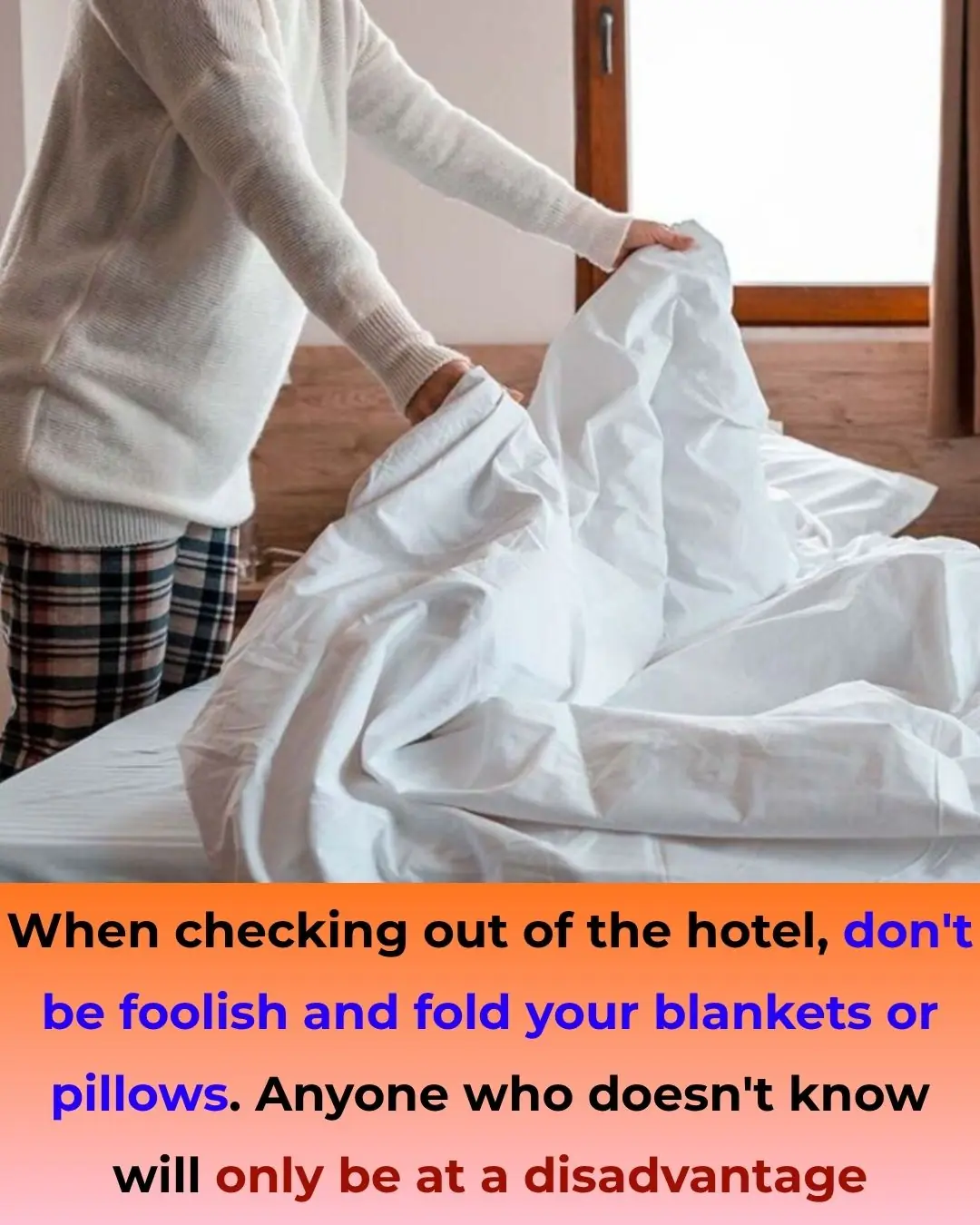
When checking out of the hotel, don't be foolish and fold your blankets or pillows. Anyone who doesn't know will only be at a disadvantage

When boiling eggs, boiling water or cold water is not correct! Remember these 4 points and you can remove the peel with just a light touch!
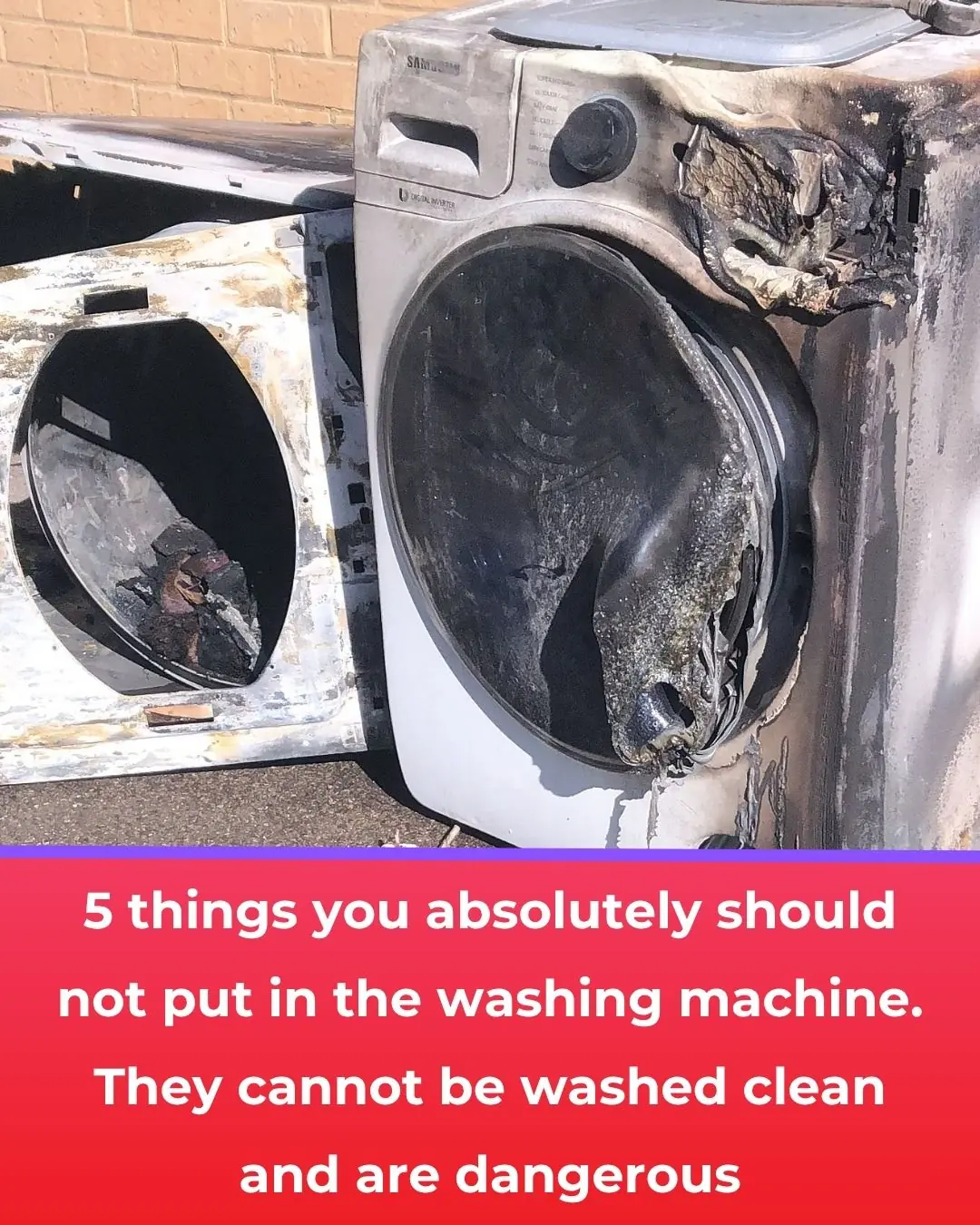
5 things you absolutely should not put in the washing machine. They cannot be washed clean and are dangerous
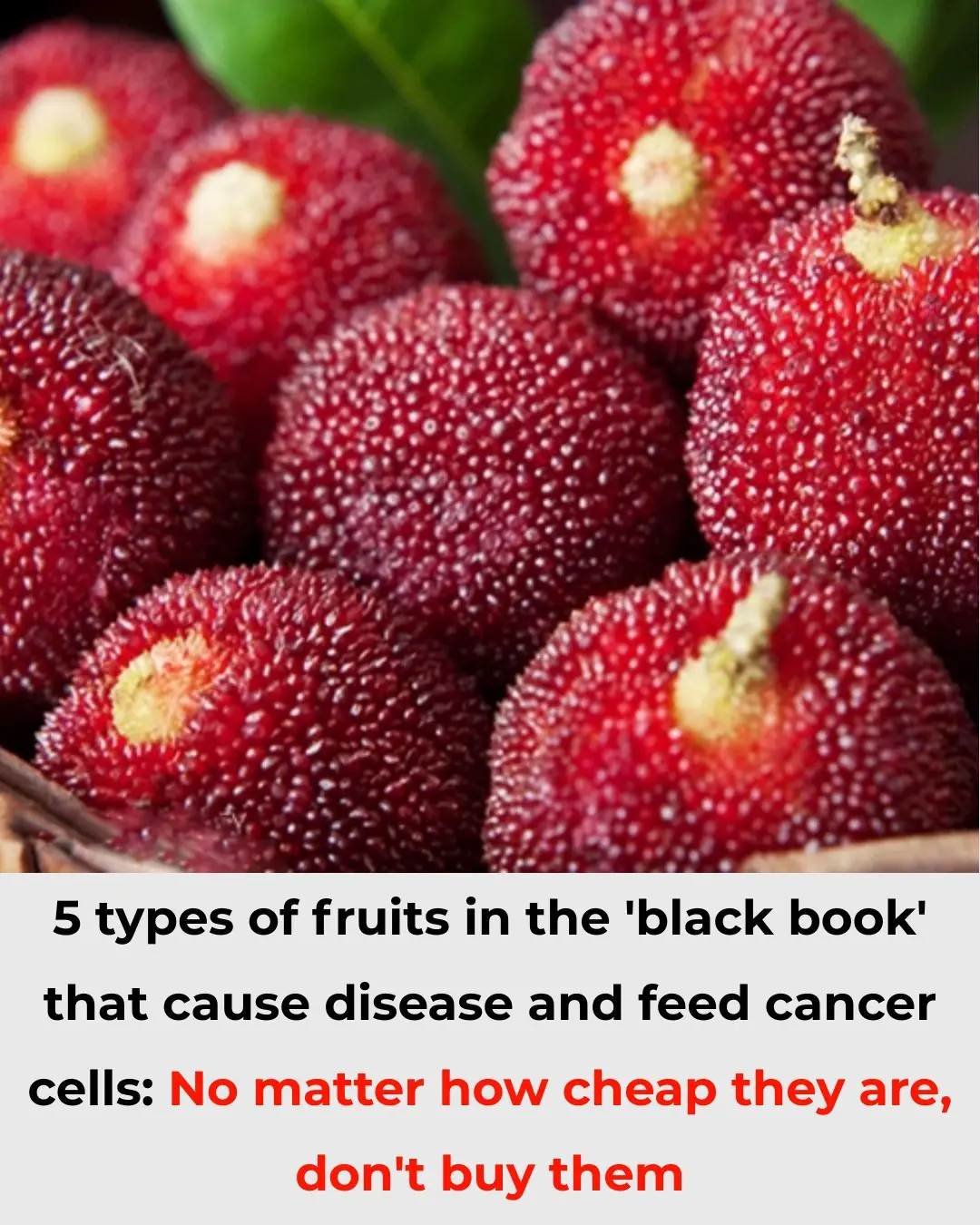
5 Fruits Listed in the ‘Black Book’ That Can Cause Cancer Cell Growth: No Matter How Cheap, Don’t Buy or Eat Them
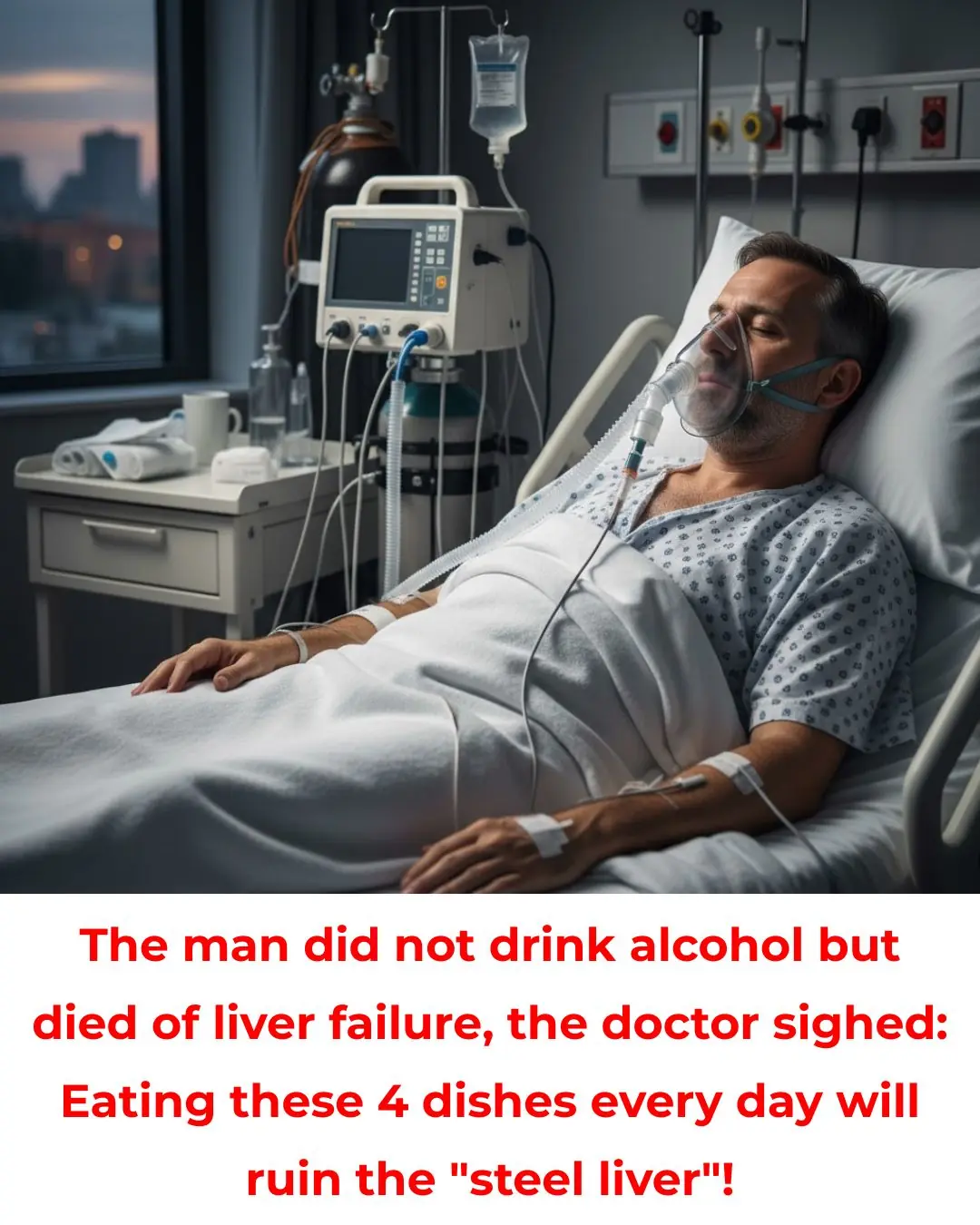
A Man Who Didn’t Drink Alcohol Dies of Liver Failure; Doctor Sighs: “Eating These 4 Foods Daily Can Destroy Even the Strongest Liver!”

Don’t Eat Tofu Right Away After Buying — Freeze It for a Magical Effect: Wish I Knew This Sooner!

Add This One Ingredient to Your Coffee: Say Goodbye to Yellow Teeth and Bad Breath

Yellowed pillow stuffing won't come out after washing, add this in just 5 minutes and the pillow will be as white as new
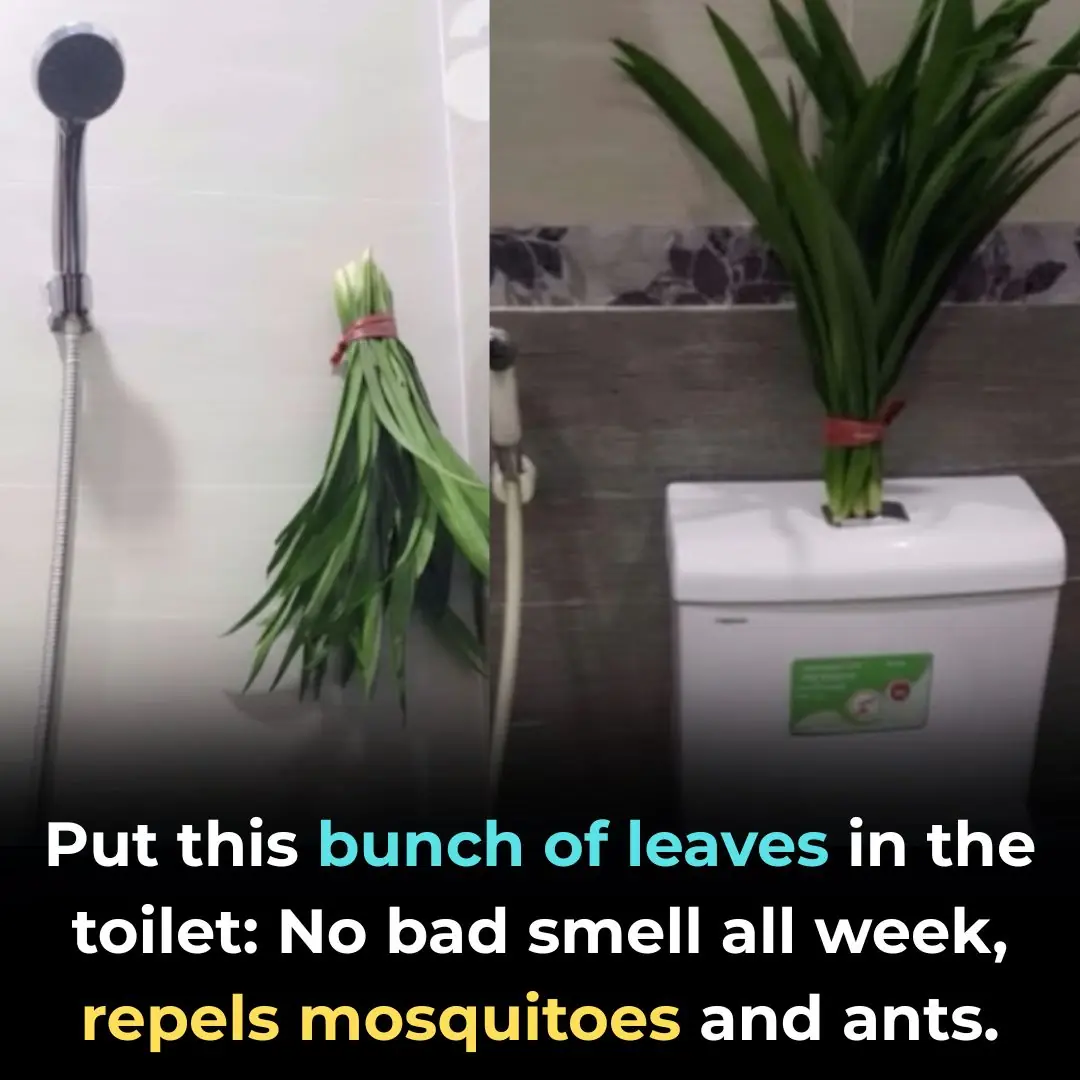
Put this bunch of leaves in the toilet: No bad smell all week, repels mosquitoes and ants.

Great tip to help clams release sand in a snap: No need to soak for long, still clean

How to cook field crab soup to have the crab meat floating in blocks, sweet and fragrant

The air conditioner's condenser makes a loud noise like grinding rice. Don't call a repairman and waste money. If you can make the machine run smoothly, it won't cost you money.

Whether you stock fish big or small, remember to add this fruit: The fish will no longer smell fishy, and it will be rich in fiber and nutrients.

Air conditioner leaks water, don't rush to call poetry to waste money. Just do it this way.

No need to throw away the pan that lost its non-stick coating: Add a few drops of this and the old pan will be like new immediately.
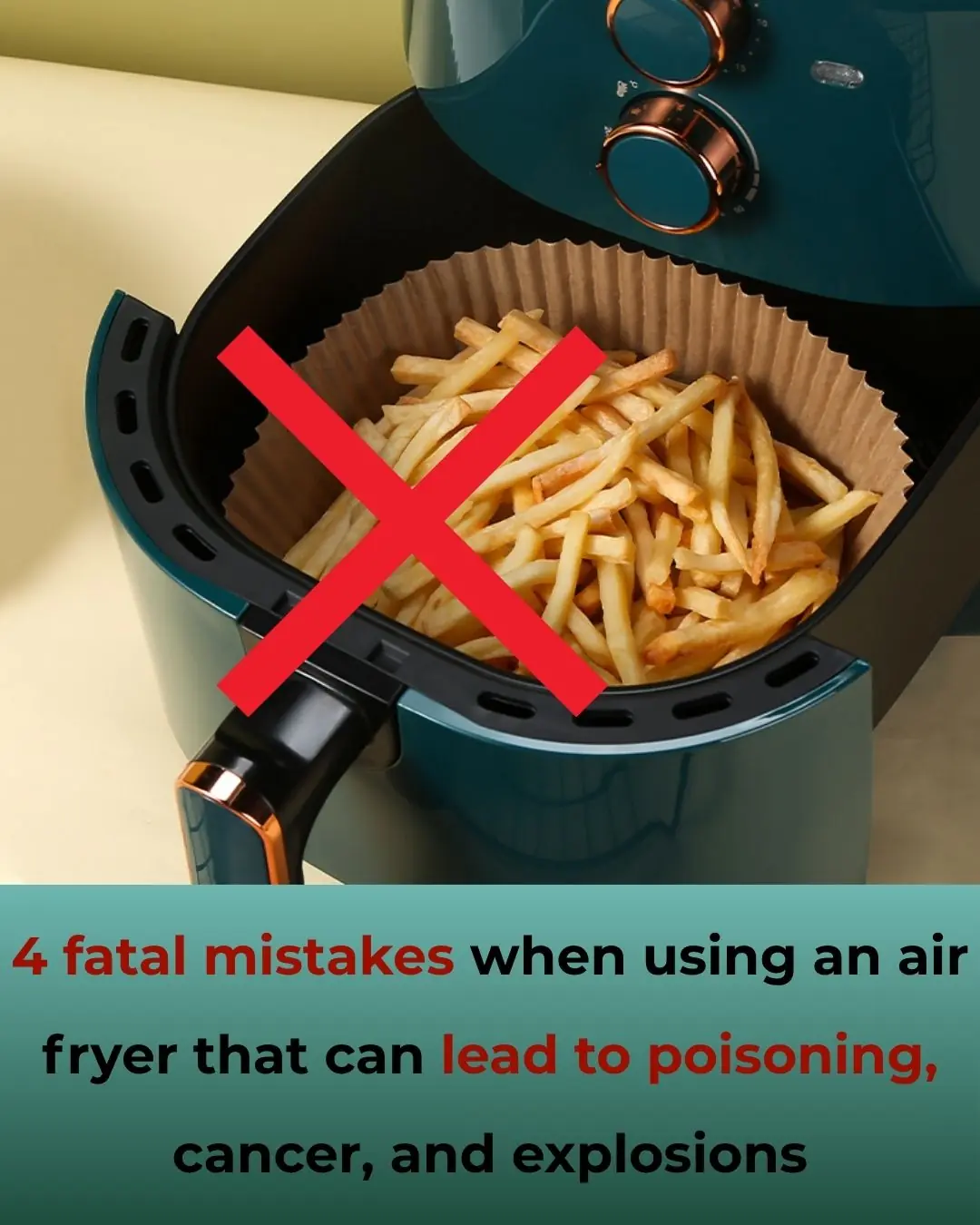
4 Dangerous Mistakes When Using an Air Fryer That Can Lead to Poisoning, Cancer, and Even Fires
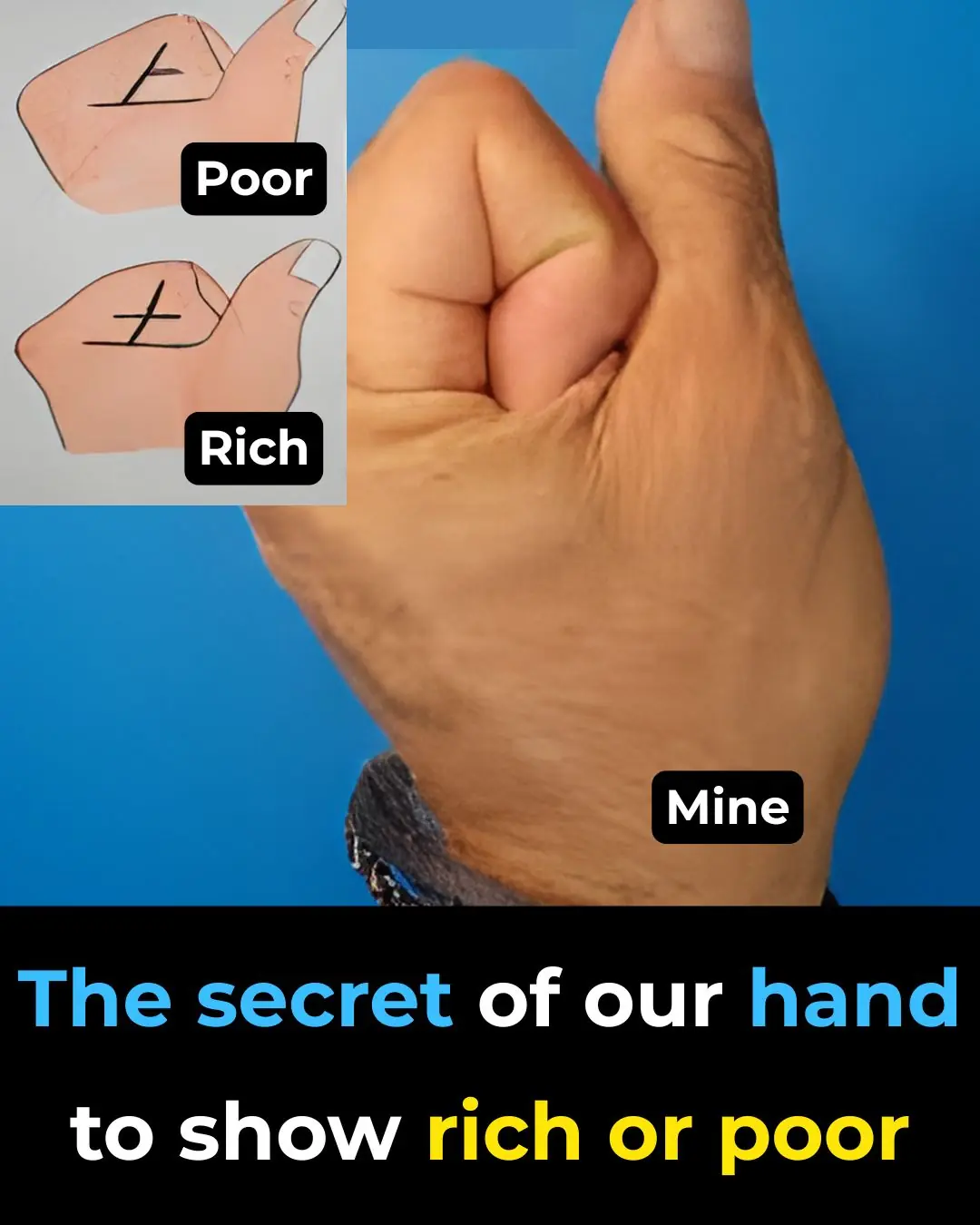
The Secret of Our Hand to Show RICH or POOR…
News Post
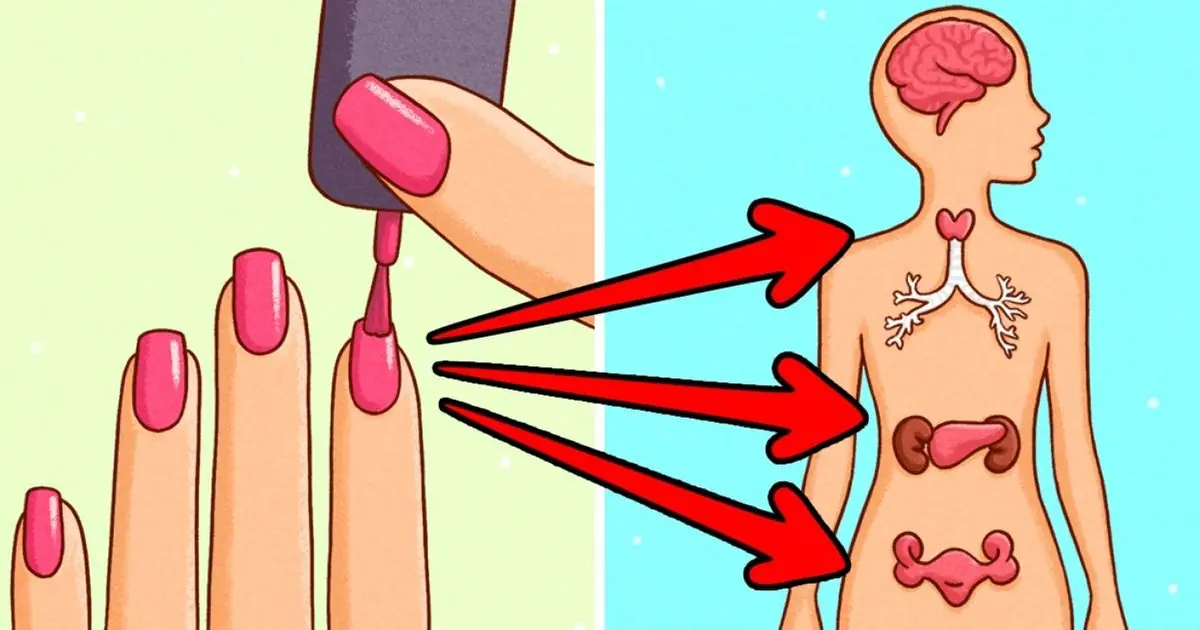
This Is What Happens to Your Body 10 Hours After Putting on Nail Polish

1 Tablespoon of This Before Bed—Fall Asleep Faster Than Ever!

Forget Pills! Just 1/4 Tsp of This Under Your Tongue Melts Away Inflammation

Top 8 Kinds of Fish You Should Never Eat

Banana peel mixed with laundry detergent works great

Stuffing a piece of steel wool into a plastic bottle has great effects. If you know how to use it, everyone wants to do it

7 "cheap" fruits that are extremely good for people with fatty liver that everyone should know

When checking out of the hotel, don't be foolish and fold your blankets or pillows. Anyone who doesn't know will only be at a disadvantage

When boiling eggs, boiling water or cold water is not correct! Remember these 4 points and you can remove the peel with just a light touch!
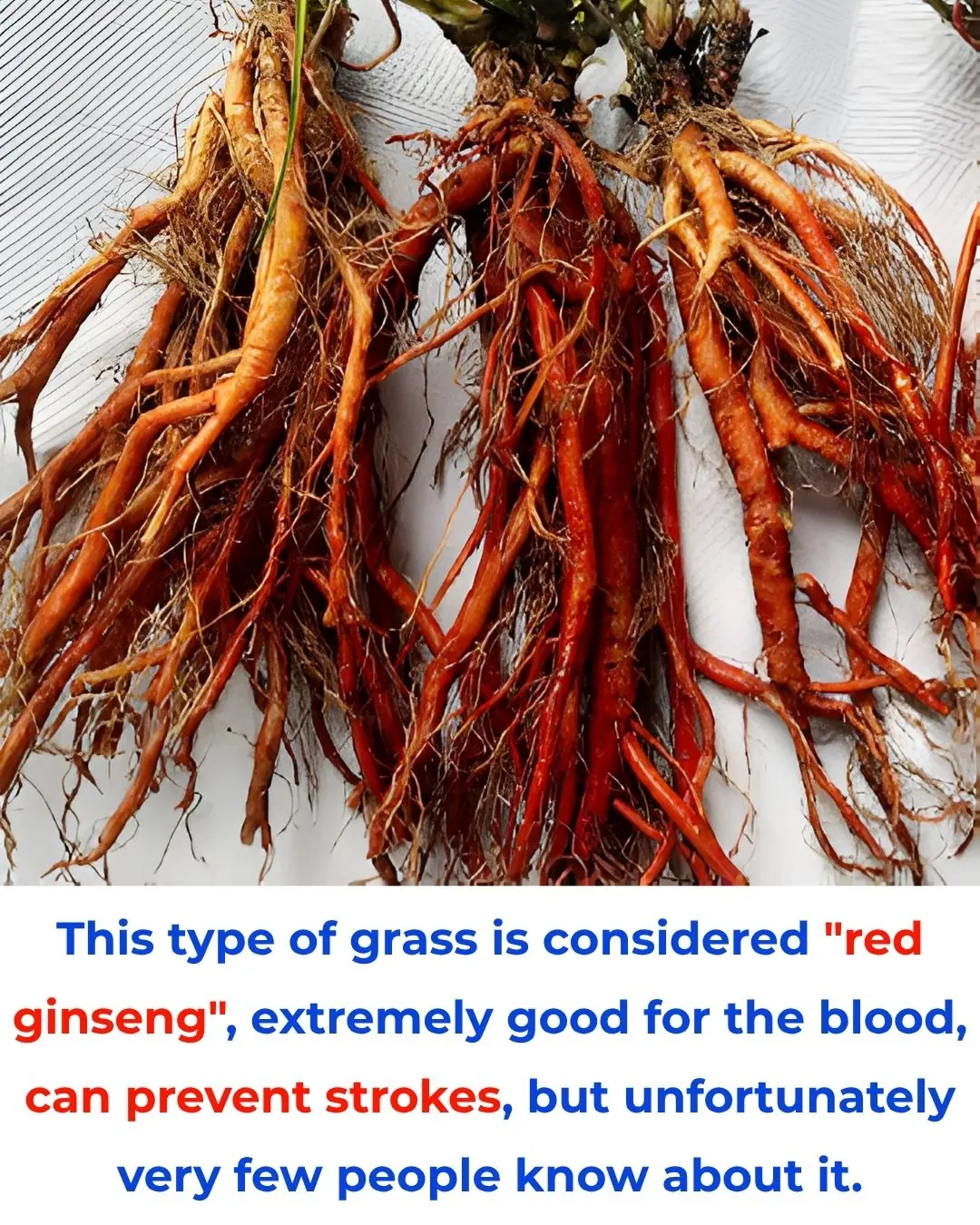
This type of grass is considered "red ginseng", extremely good for the blood, can prevent strokes, but unfortunately very few people know about it

5 things you absolutely should not put in the washing machine. They cannot be washed clean and are dangerous

5 Fruits Listed in the ‘Black Book’ That Can Cause Cancer Cell Growth: No Matter How Cheap, Don’t Buy or Eat Them

A Man Who Didn’t Drink Alcohol Dies of Liver Failure; Doctor Sighs: “Eating These 4 Foods Daily Can Destroy Even the Strongest Liver!”
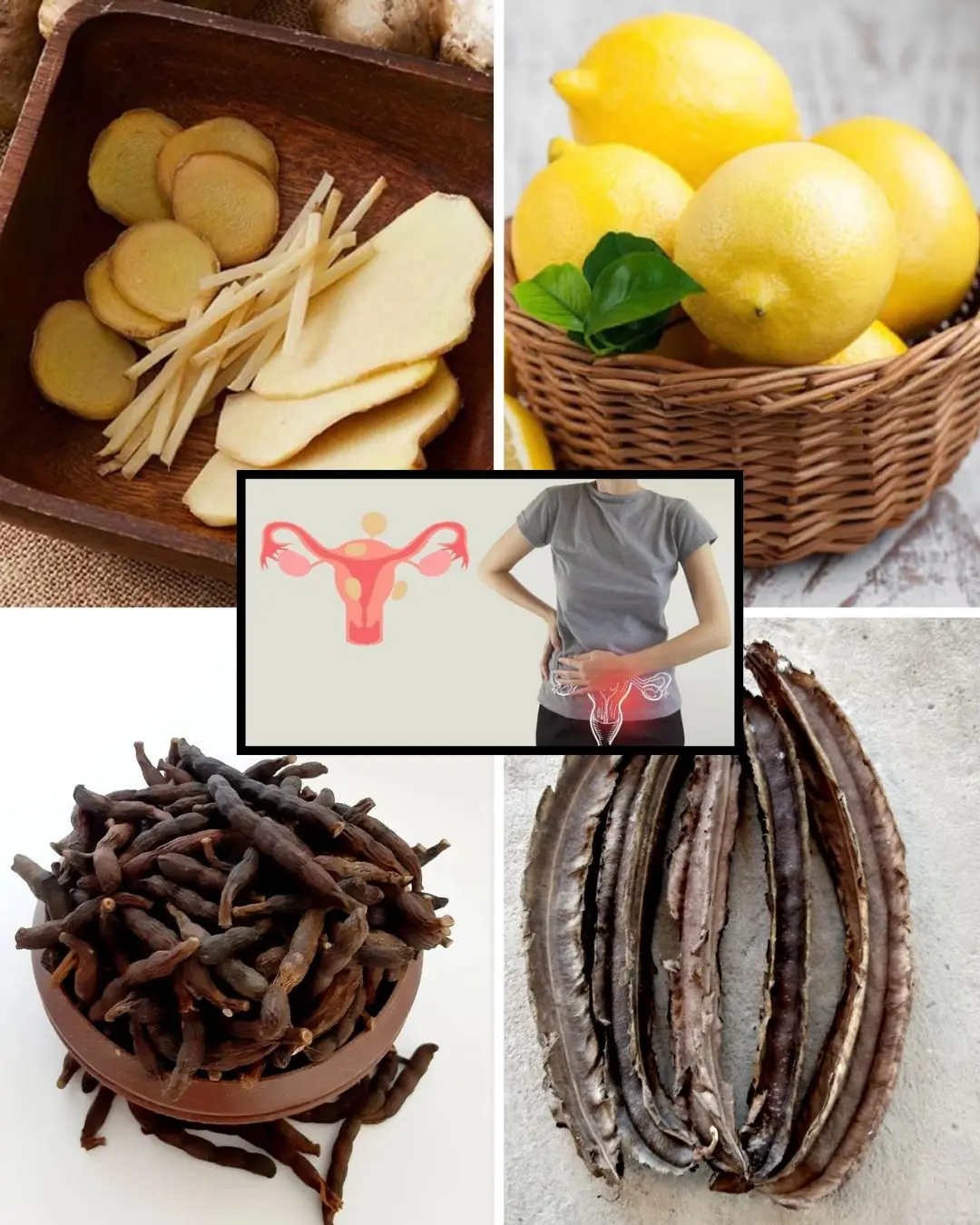
🌿 Gbogbo Nise: The Ultimate All-in-One Remedy for Women 💪✨

5 Skin Glow Juices – Clear Skin
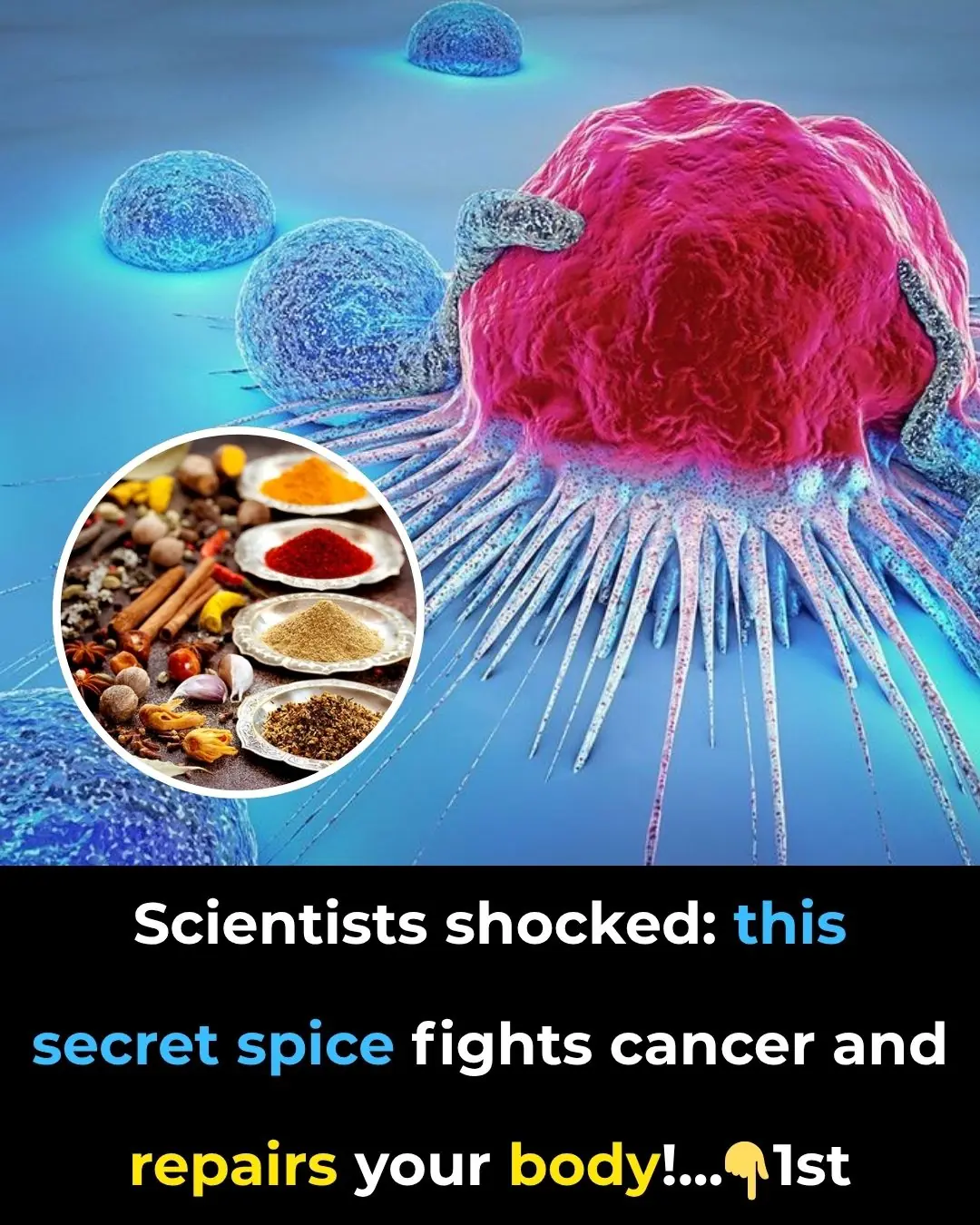
Scientists shocked: this secret spice fights cancer and repairs your body!

Top 10 Magnesium Rich Foods To Lower Blood Pressure
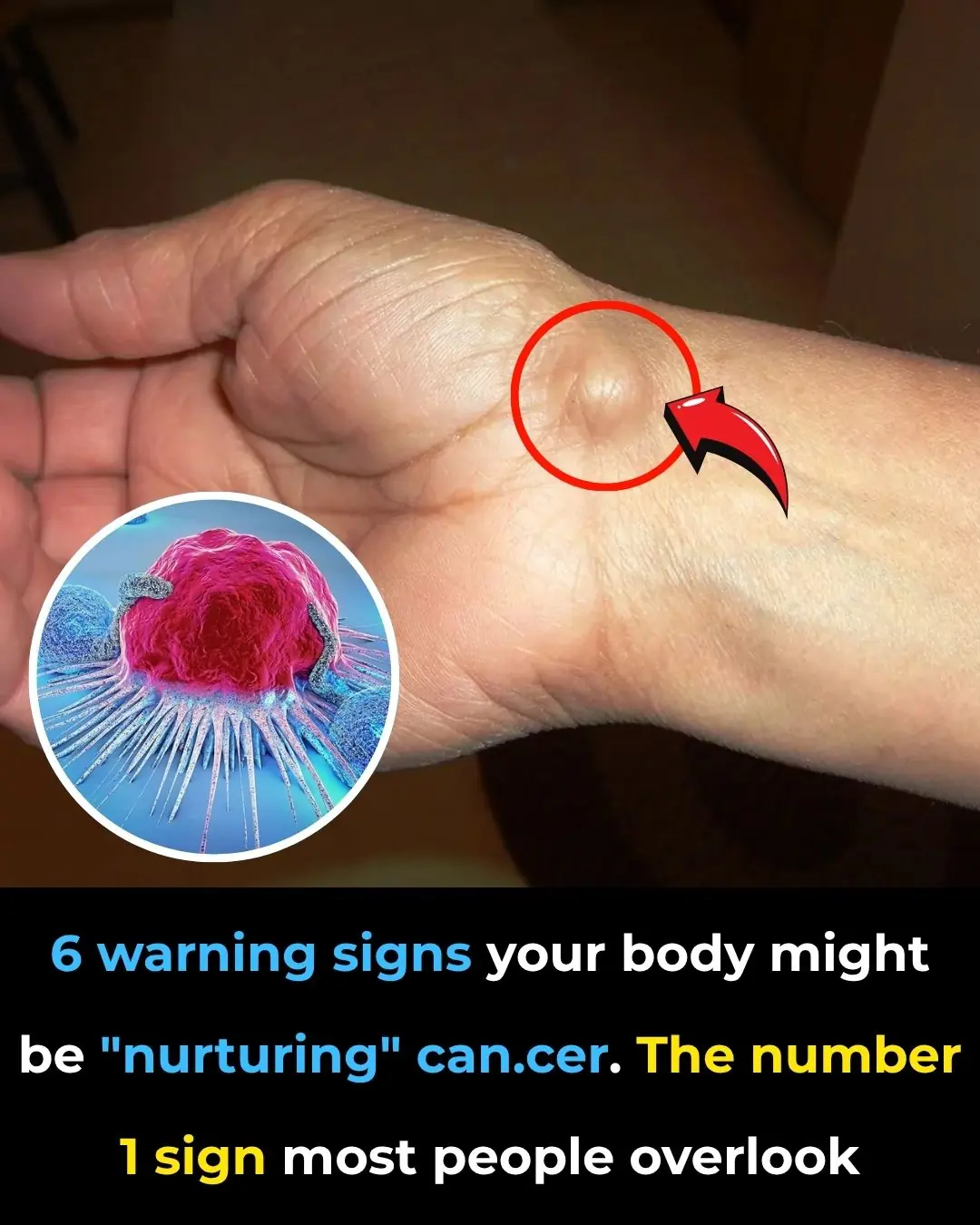
6 Warning Signs Your Body May Be “Nurturing” Can-cer
